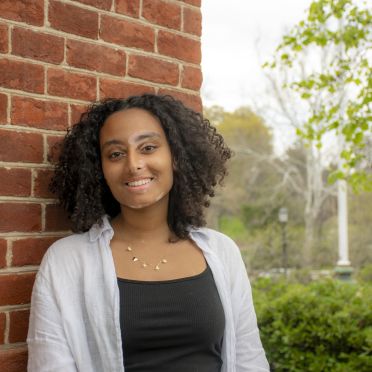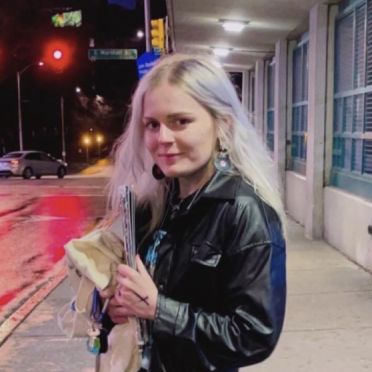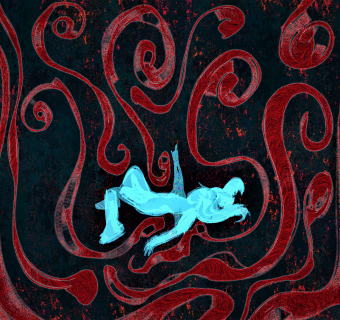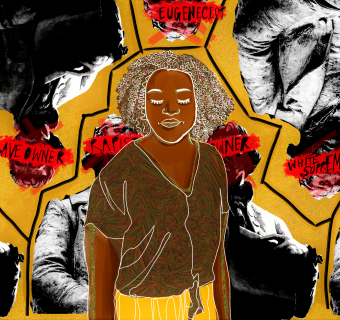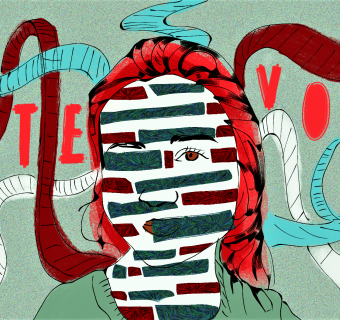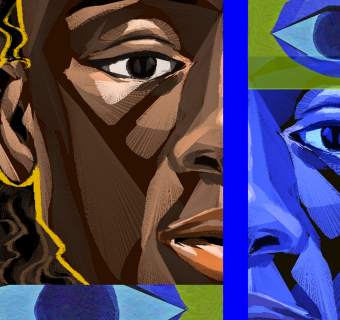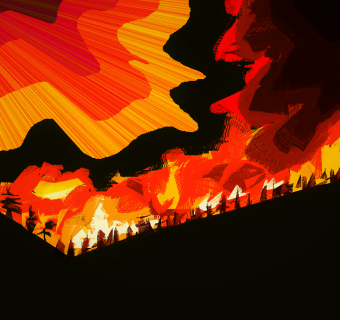Authors Note:
This article was written during the Spring 2022 semester, but was never published. Given the recent reawakening of these issues, I wanted to add to the current discourse, shedding light on the voices and stories I was privileged to report on last year. A huge thank you to Vani Agarwal’s guidance and support while I wrote this feature.
Student activism revolutionized how first-year students learn about the University
The first-ever historical tours designed for students and by students debuted last fall, broadening engagement with the University of Virginia’s history with slavery.
The histories of people’s lives are naturally embedded in the physical spaces they occupy. Oftentimes, one wonders about the stories that buildings, houses, or even dorm rooms could tell. If these walls could talk, what would they say?
At the University, it’s no different. The Rotunda, the Lawn, the Lawn rooms, and many more spaces lovingly called “Grounds'' have been home to generations of students and faculty since the University’s founding in 1819 by Thomas Jefferson. Yet, the University also housed thousands of enslaved African American laborers who literally laid the foundation for what the University would later become. It is this history, and these people’s narratives, that are also ingrained in the University’s architecture.
For the first time, the Class of 2025 had the opportunity to take historical tours designed for these incoming students detailing the history of enslaved laborers at the University. The tours, given during the fall 2021 semester, invited students to reflect critically about the Grounds they will call home over the next four years. They were established by a student-led group known as History of Enslaved African American Laborers (HEAAL), who worked in conjunction with the University Guides Service, Housing and Residence Life, and Bringing Race into Dialogue with Group Engagement or BRIDGE to bring their vision to life.
HEAAL was formed by seven women in the Class of 2023, who in their first year wrote a letter to the University administration, including President Ryan, about the unmarked graves of enslaved laborers underneath Gooch/Dillard, a first-year residence hall. Their letter had many student signatures, petitioning the University for better recognition of the cemetery and its history. From this petition, the founding HEAAL members organized into a student group to bring their ideas of a historical tour to life, planning to educate and inform their peers about the University’s history regarding enslaved laborers.
These tours are a substantial step in the ongoing process of better contextualizing the University’s history with slavery because they were the first standardized engagement with the University’s history created by students for students. HEAAL’s work drew inspiration from the rich legacy of student-led activism at the University, and the group builds upon that foundation, pushing students to reckon with the University’s past reliance on the institution of slavery.


